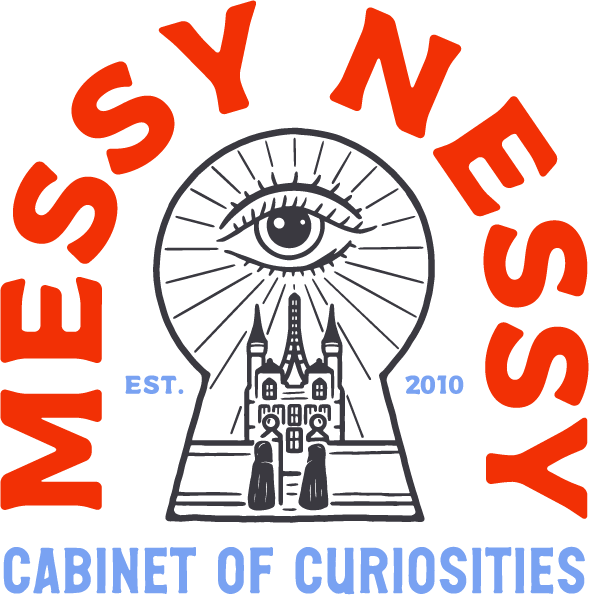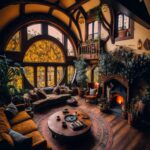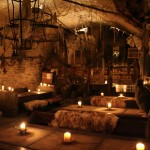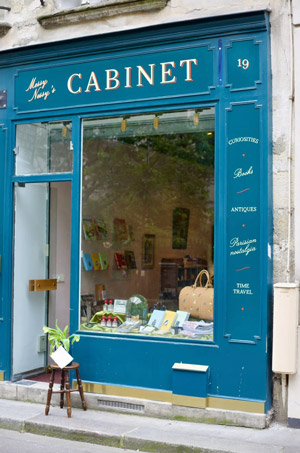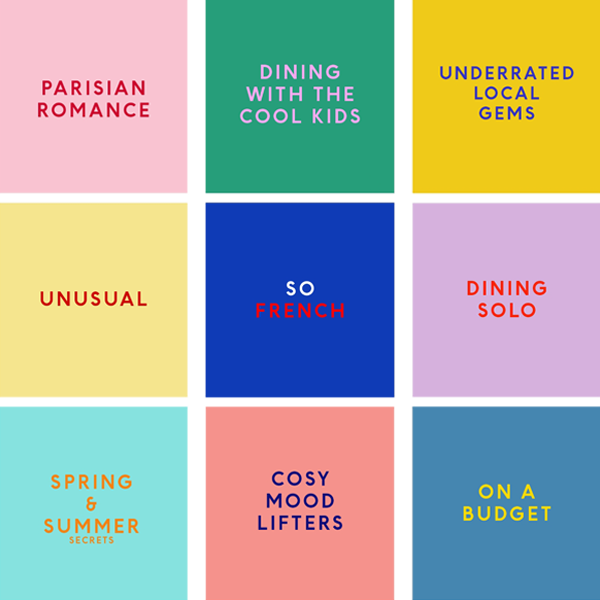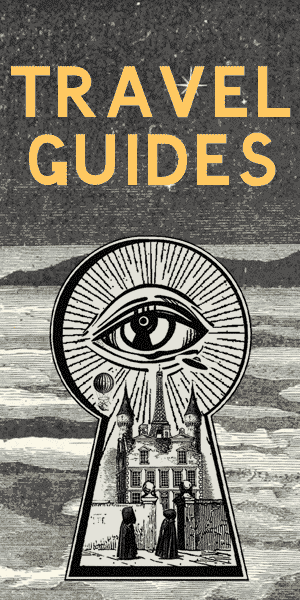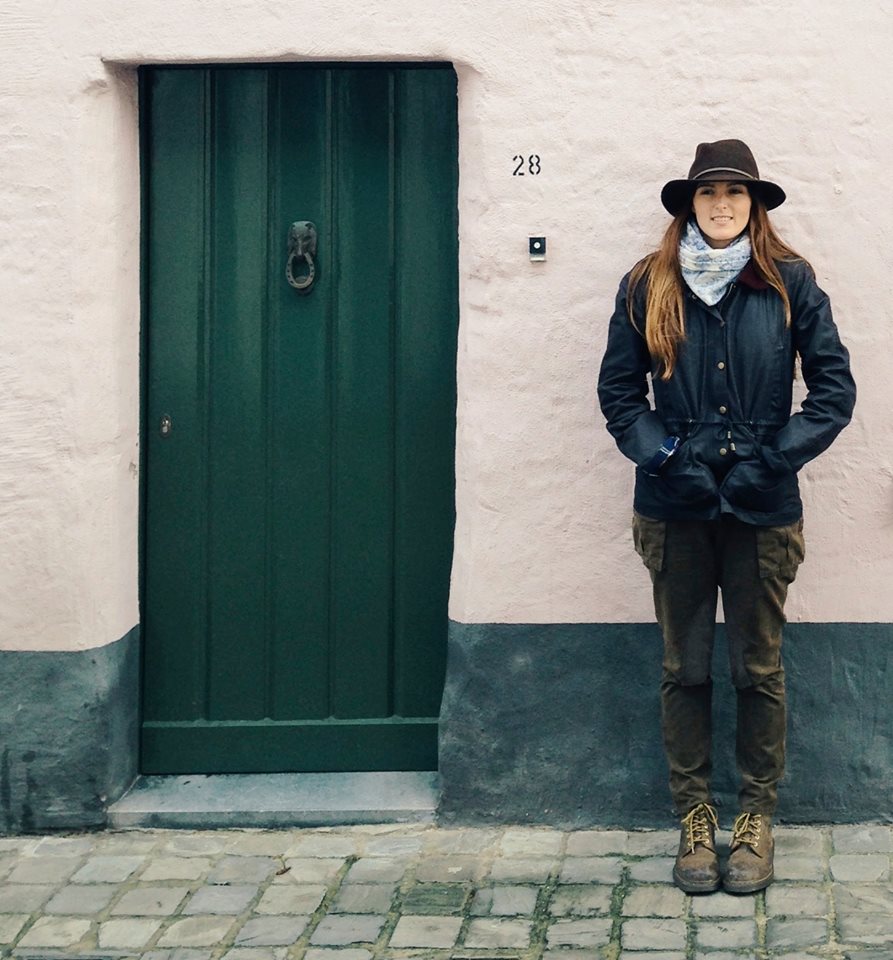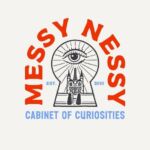1. The Magical Garbage Dump Spirits of the Congo
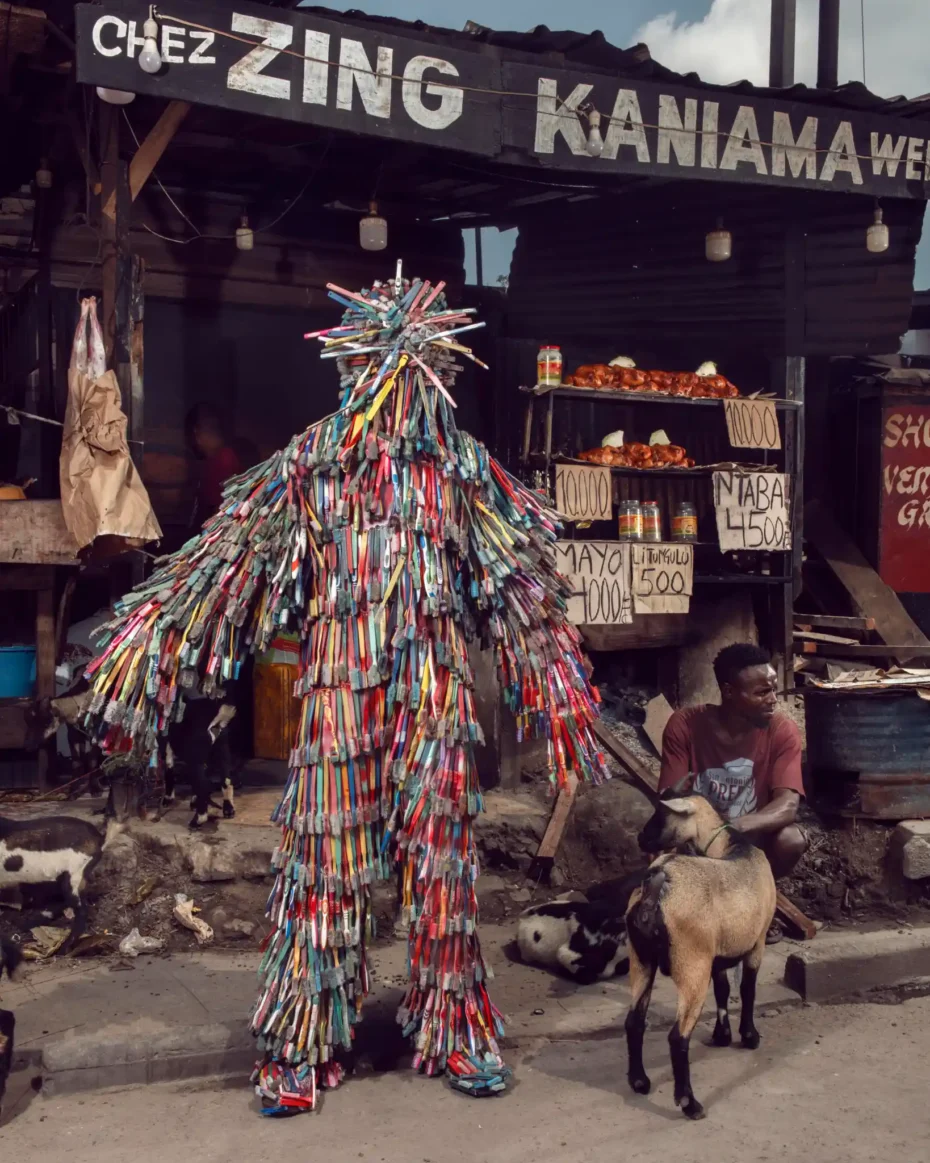


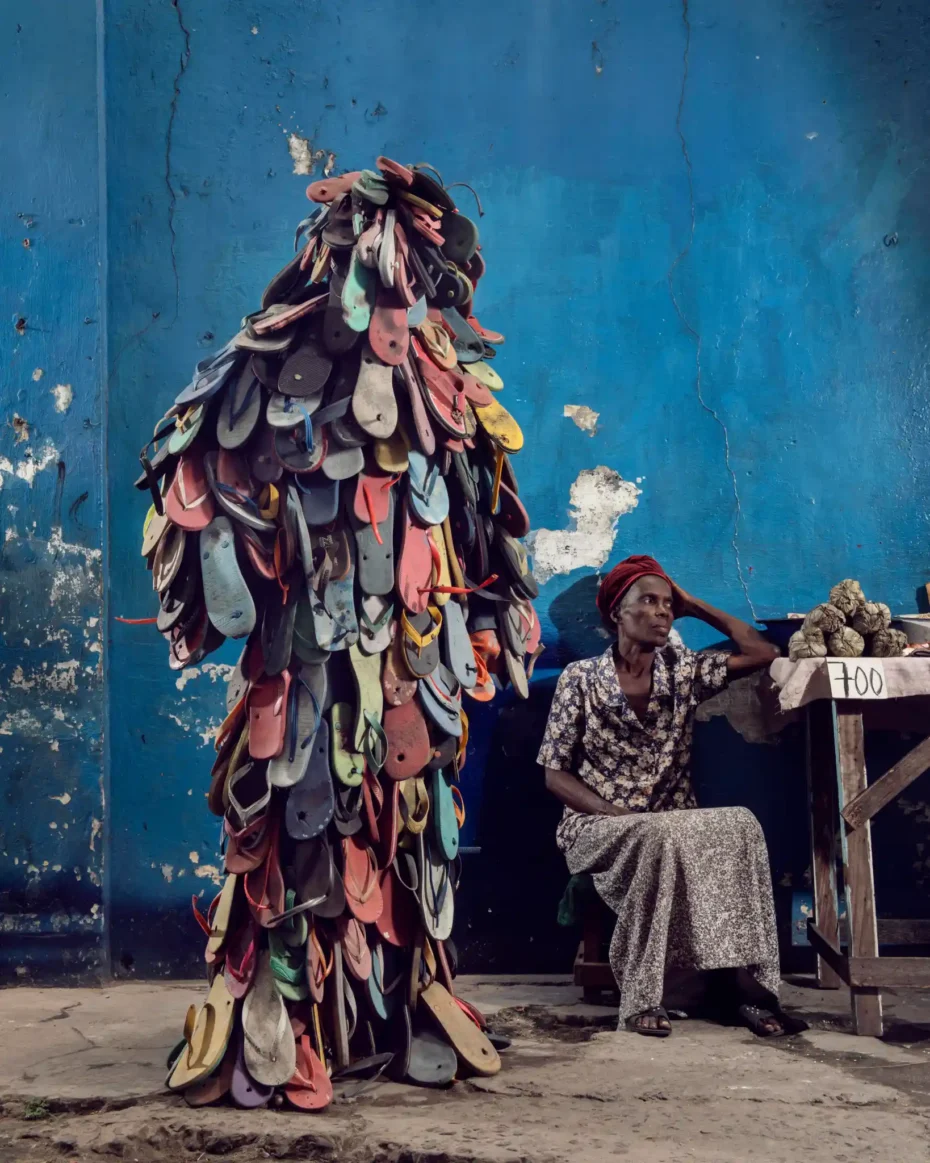
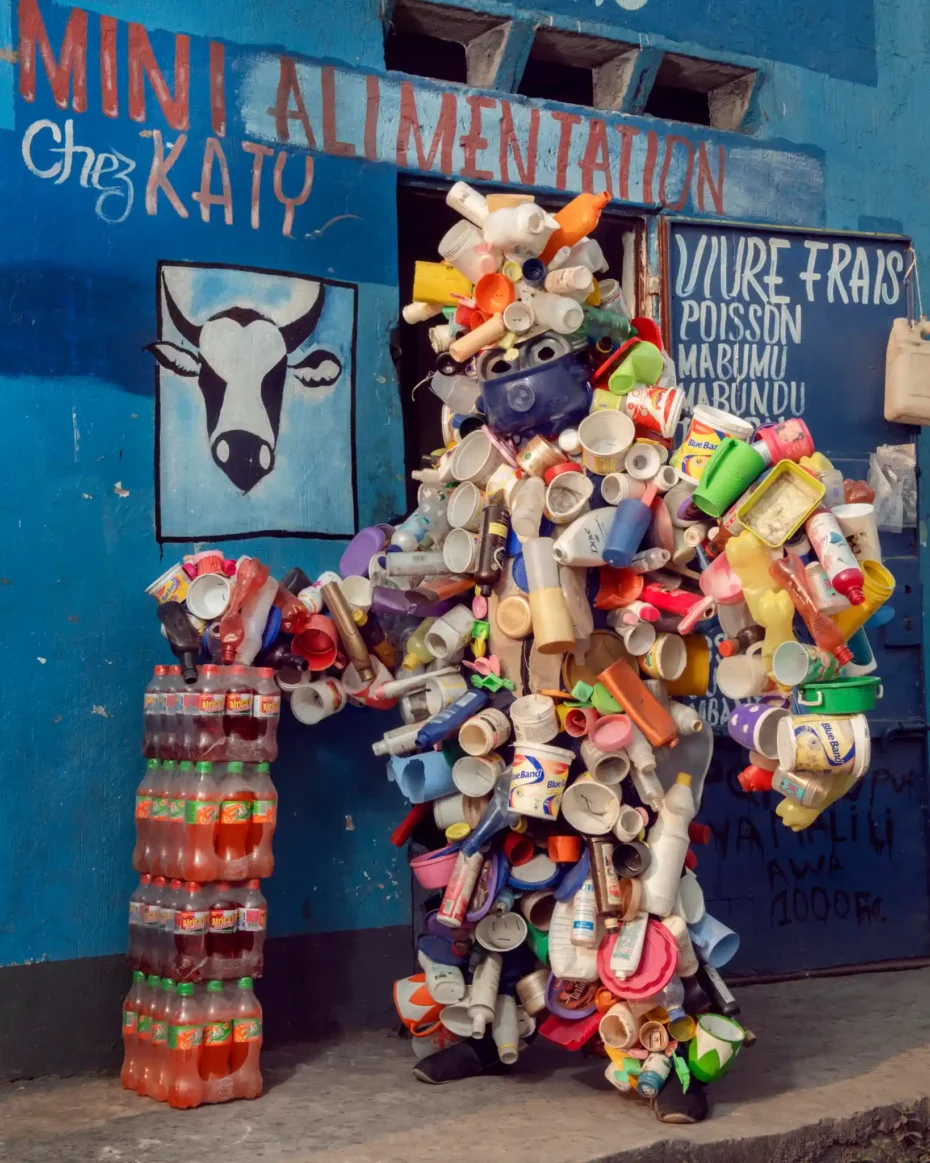
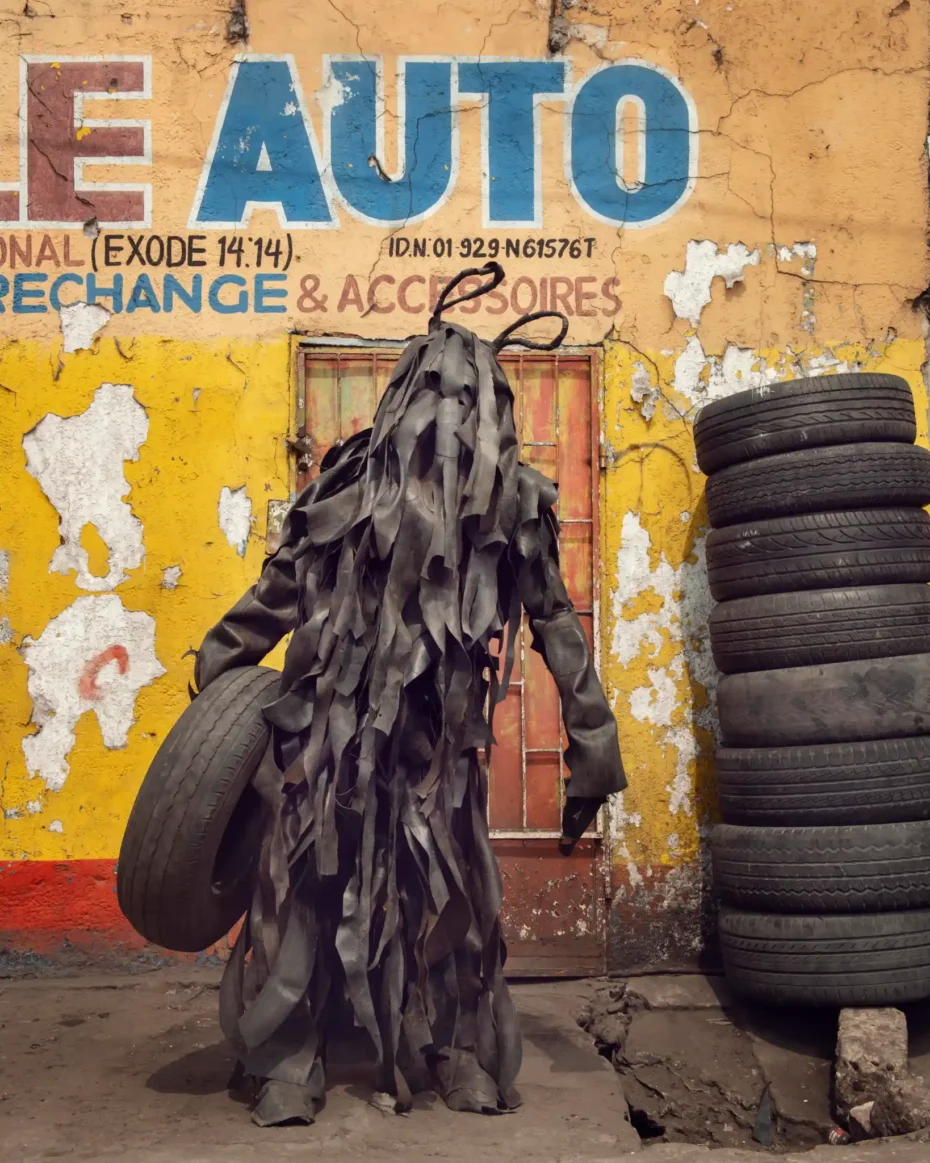
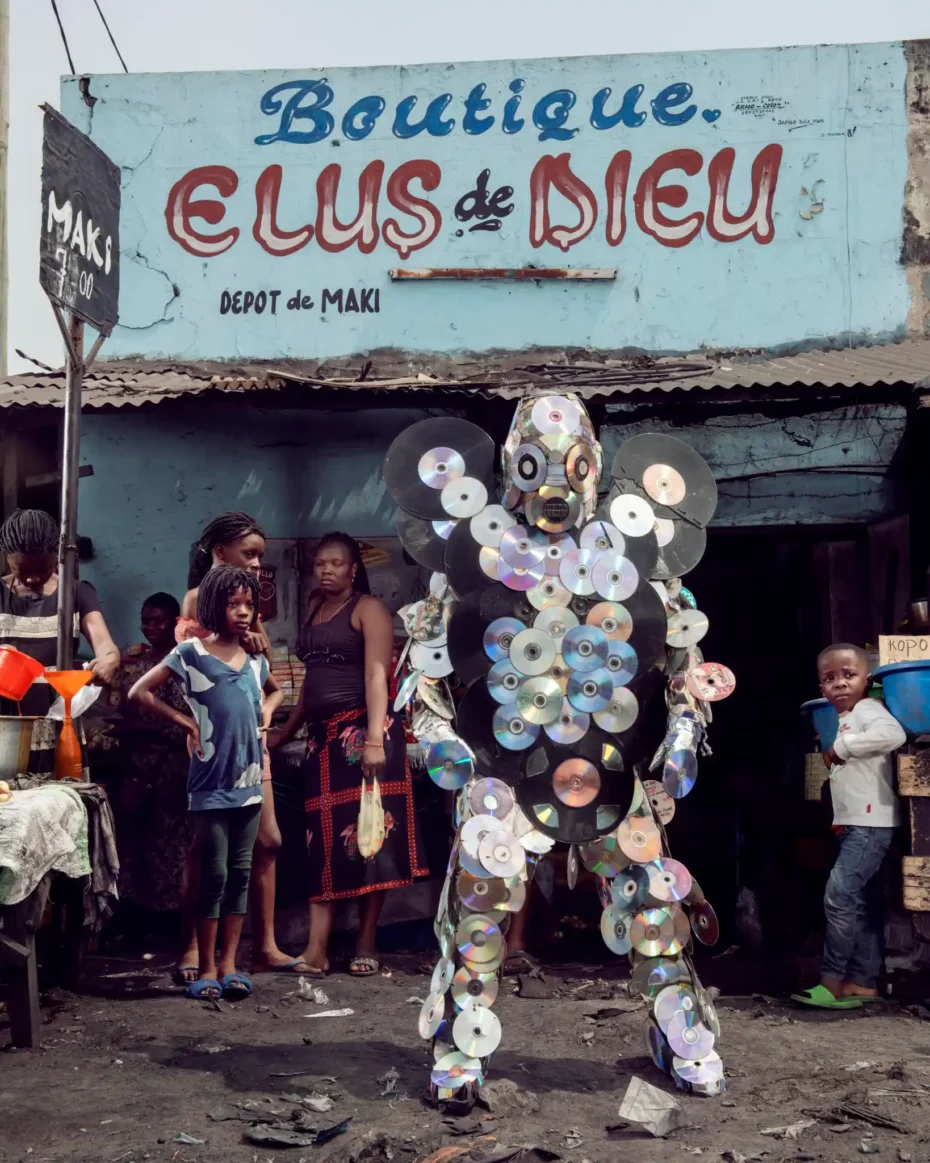
In Kinshasa, the Congolese capital, a subculture has found a new way to draw attention to the foreign waste they’re drowning in by turning mountainous piles of invasive trash into surreal costumes. French photographer Stephan Gladieu traveled to the city’s “apocalyptic” waste sites, he documented the collective of artists called Ndaku Ya La Vie Est Belle. Find the interview with the photographer on VICE magazine here.
2. Carl Linnaeus’s Flower Clock to measure time in bloom.
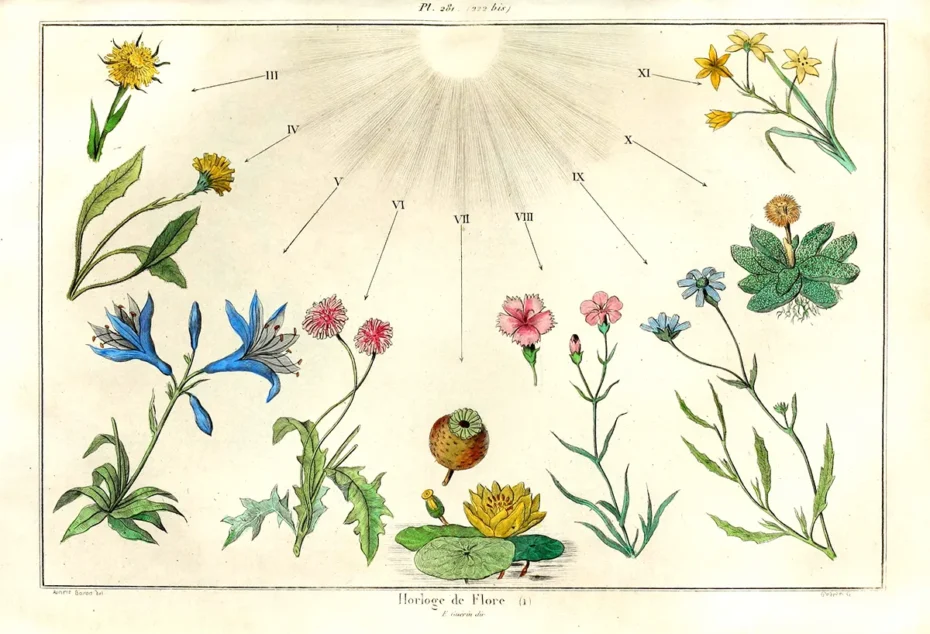
Carl Linnaeus developed his flower clock in 1748 by planting particular plants which opened and closed at particular times of the day.
From Maria Popova’s article:
Immersed in the lives of plants around the clock and across the year, Linnaeaus (1707-1778) grew fascinated by the variation in different species’ relationship to time. Just as (we now know) different humans have different chronotypes, which shape when we are most creative and alert, he discovered that different flowers open and close at different parts of the day and night, not at random but following a strict pattern. Nothing was known then of circadian rhythms or of phytochrome and cryptochrome — the photoreceptor proteins that make this photoperiodism possible. Linnaeaus seemed to have found nature’s own clock partway between mystery and mathematics — a glimpse of some deep truth in the mirror of beauty.
After incubating his insight for a decade, Linnaeus presented it under the heading Horologium Florae — “floral clock” — in his 1751 book Philosophia Botanica, listing 46 species of flowering plants whose blossoms open and close at particular times of the day and night: from the dandelion (Taraxacum officinale) opening at 4AM and the Alpine poppy (Lieracium helvetica) at 6AM to the common marigold (Calendula officinalis) closing at 3PM and the day-lily (Hemerocallis lilioasphodelus) at 10PM.
Over the next century, botanical gardens and lay gardeners around the world began trying to plant living clocks. In Victorian England, the popular ornamental flowering plant Mirabilis jalapa became known as “four o’clock flower.”
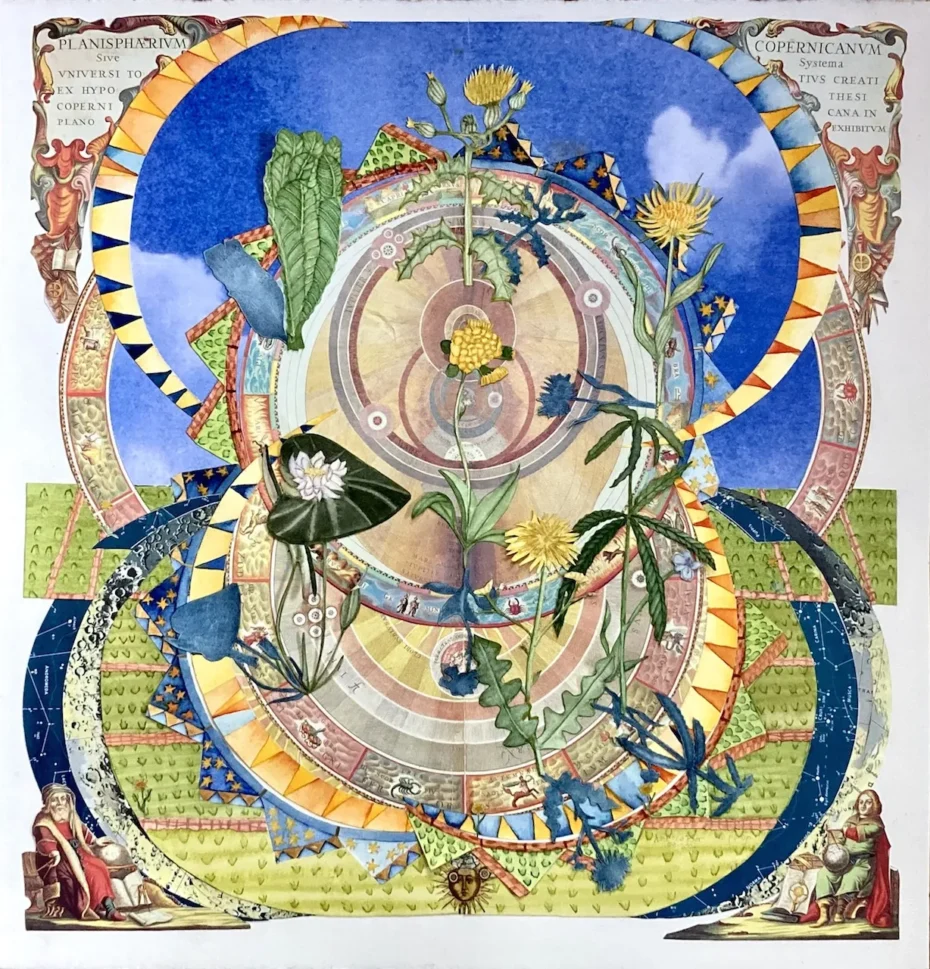
Full article found on The Marginalian.
3. An Antique door to help Drunk Homeowners Return Home
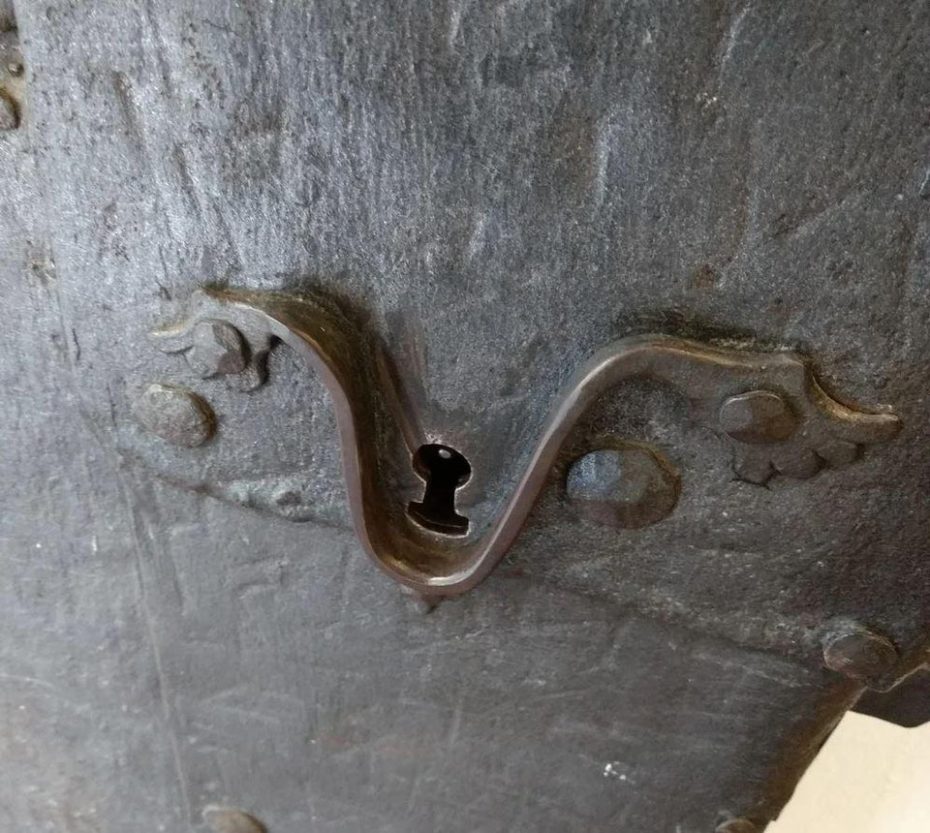
Door in Regensburg, Germany – designed in 1380 to make it easier for the homeowner to fit the key into the keyhole when returning home in the dark, or after having one beer too many.
Found on Reddit.
4. A new frank interview with Fran
5. Paris-based Ukrainian sculptor and teacher of curious ceramics, Natia Claca
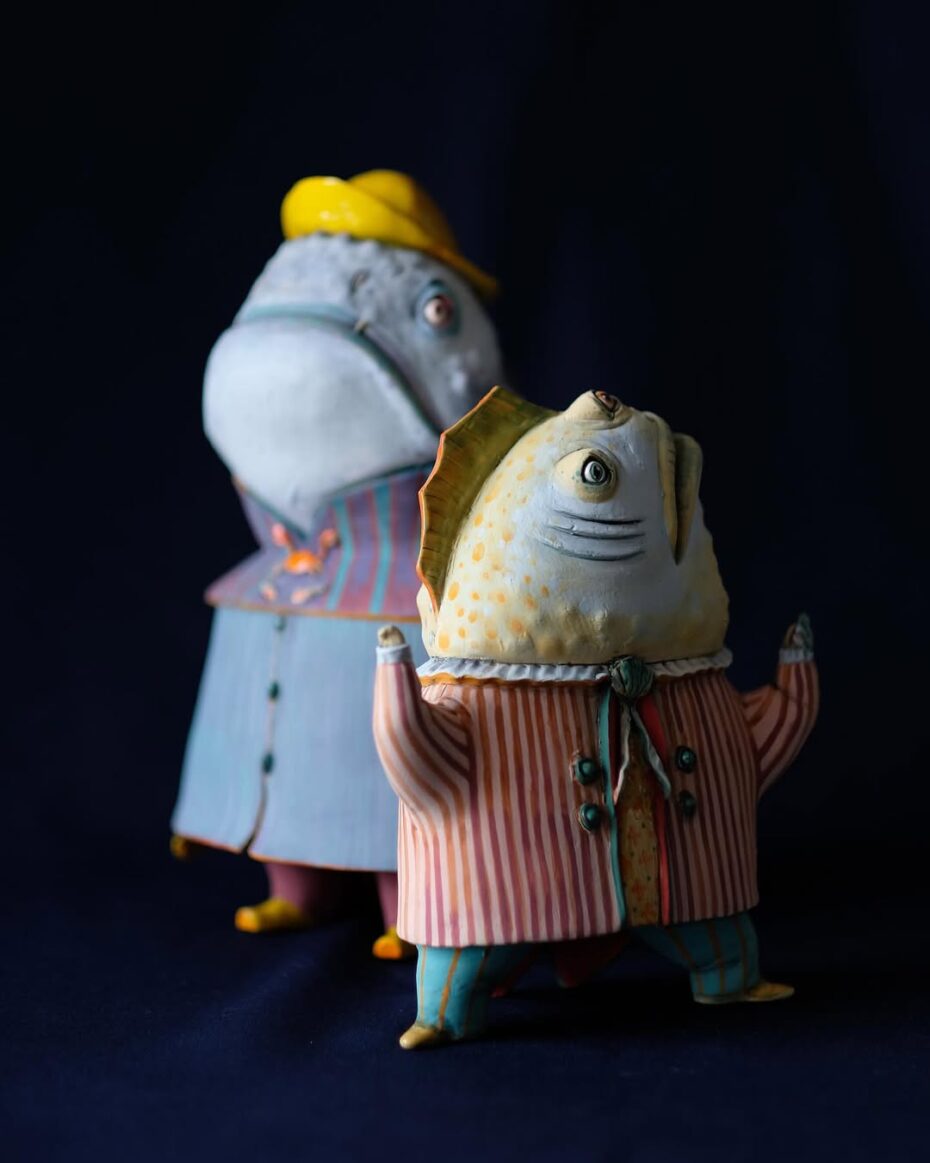
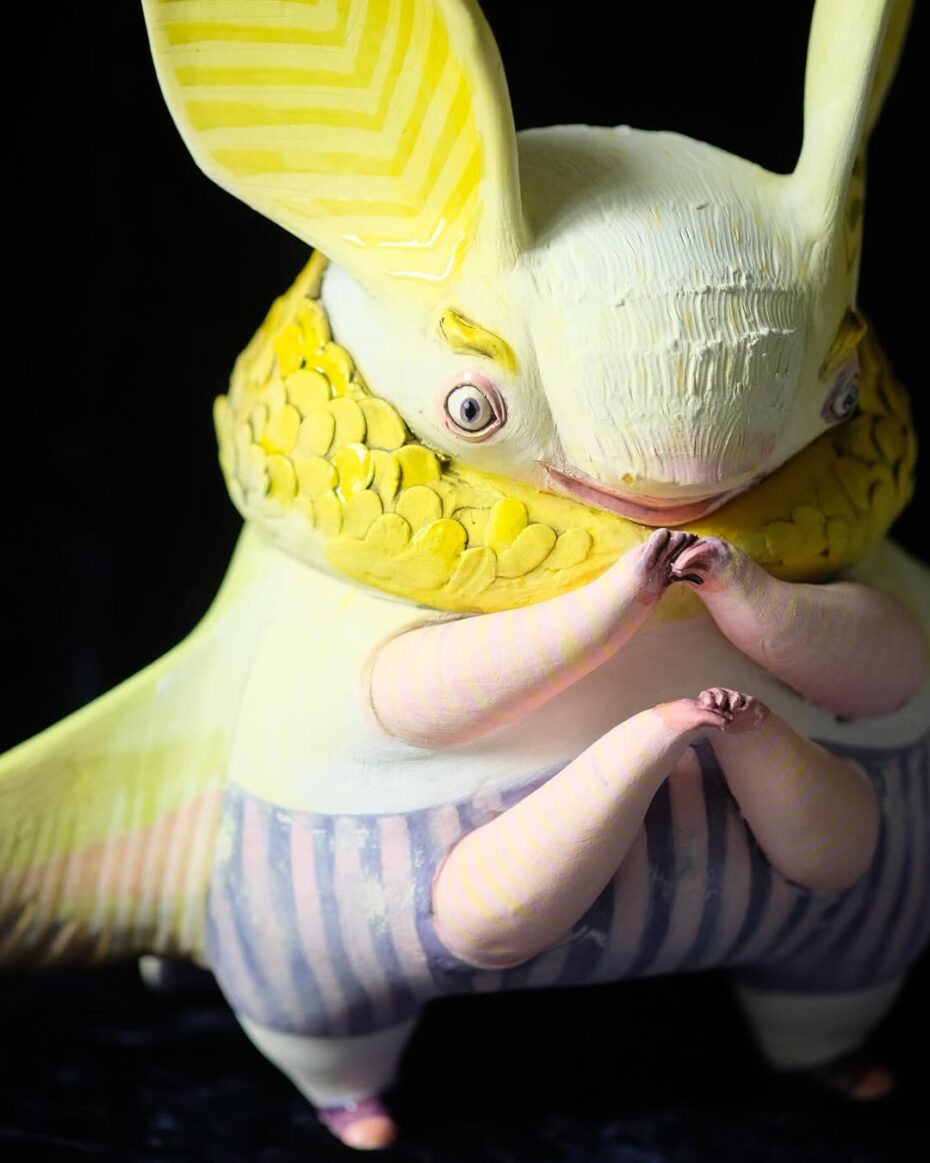
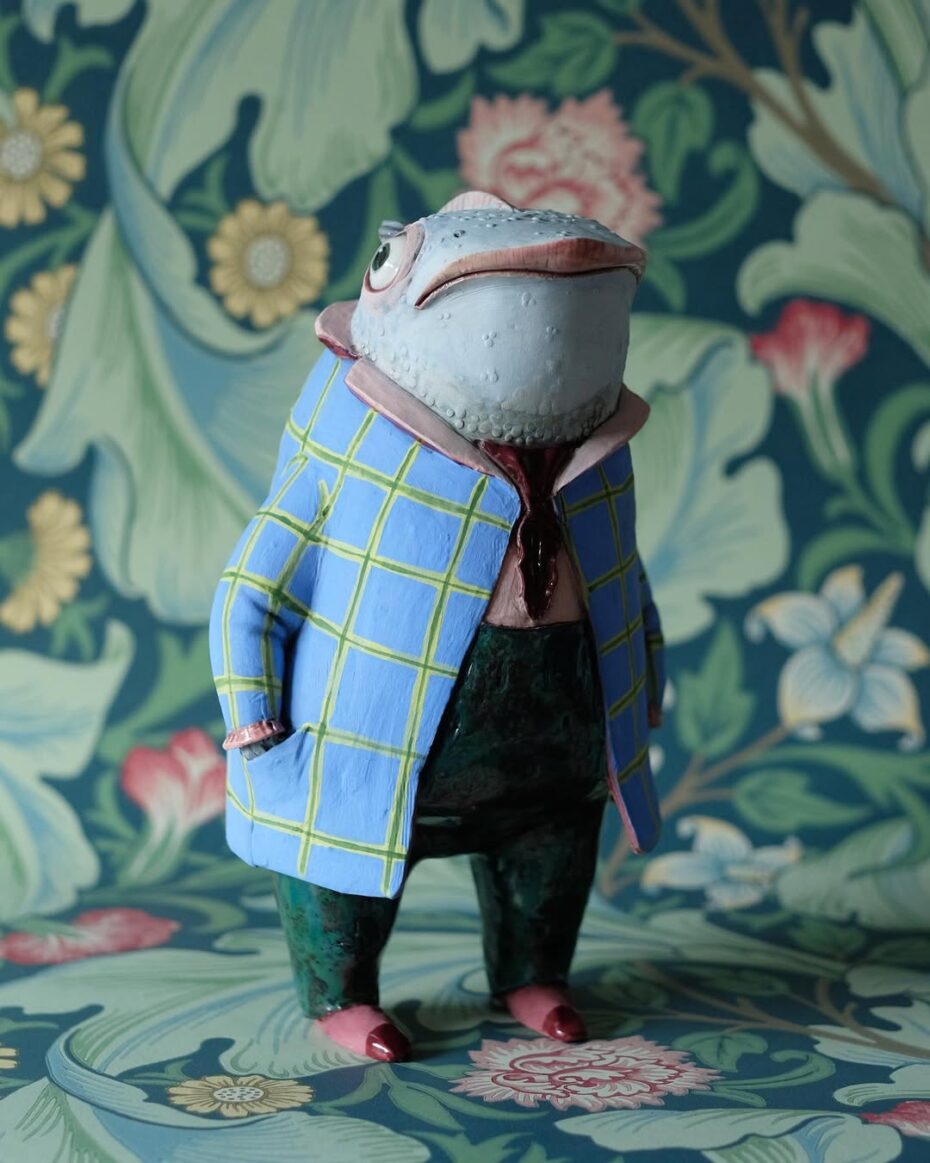
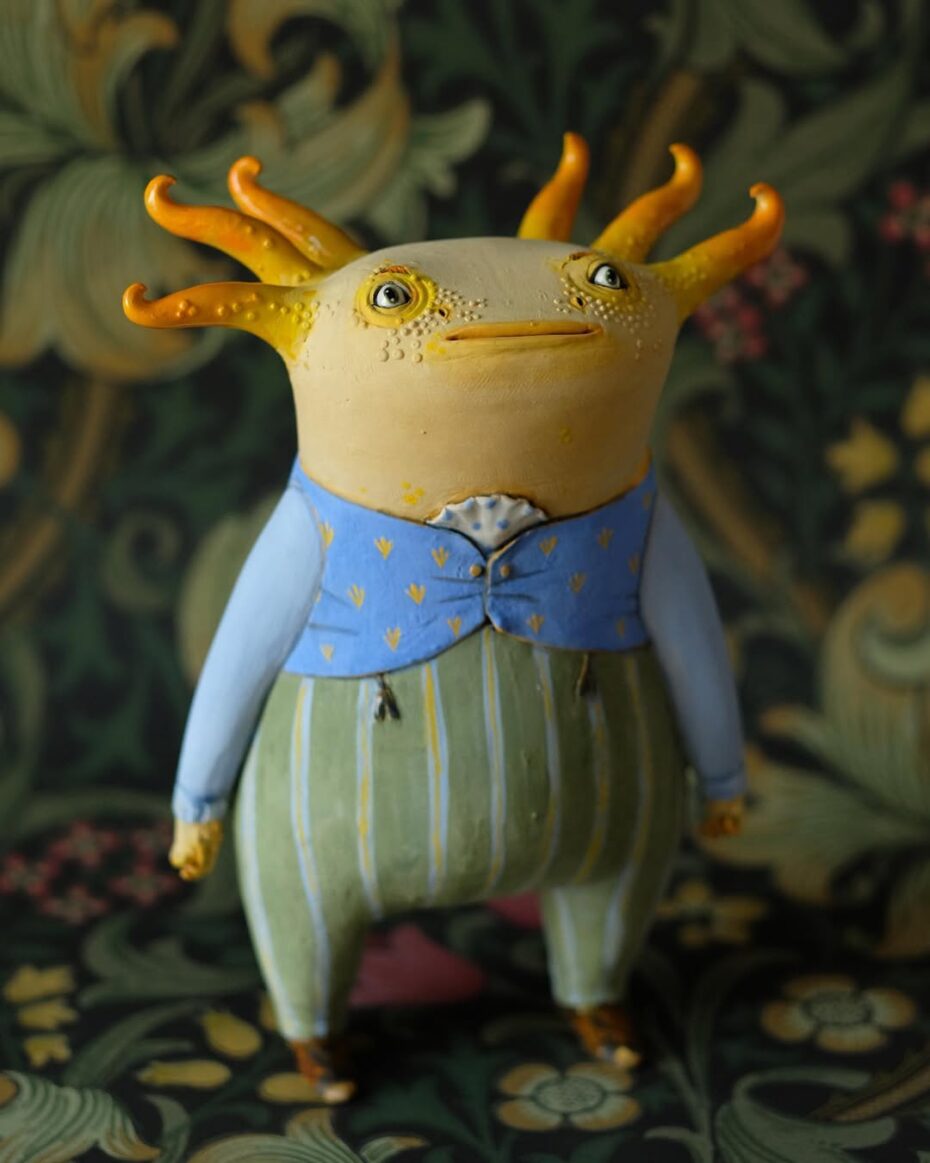
I’m hosting Nastia as our artist in residence *for a day* at the Cabinet this Sunday 6th Aptil. The Paris-based Ukrainian sculptor and teacher of curious ceramics, Nastia Claca will be here all afternoon working on her incredible creations. Meet the artist from 12-6pm (address here) and check out her pieces on her shop online / in person and online courses on her website here.
6. This online archive of fans
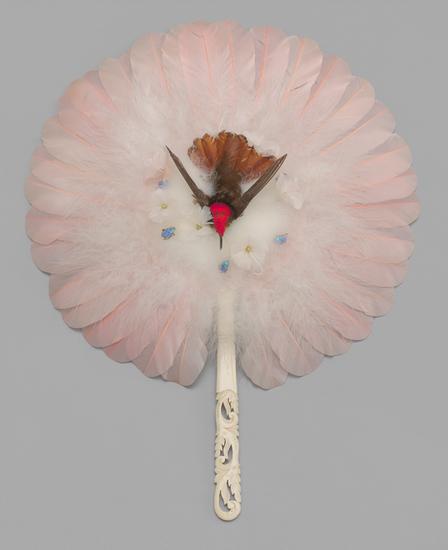
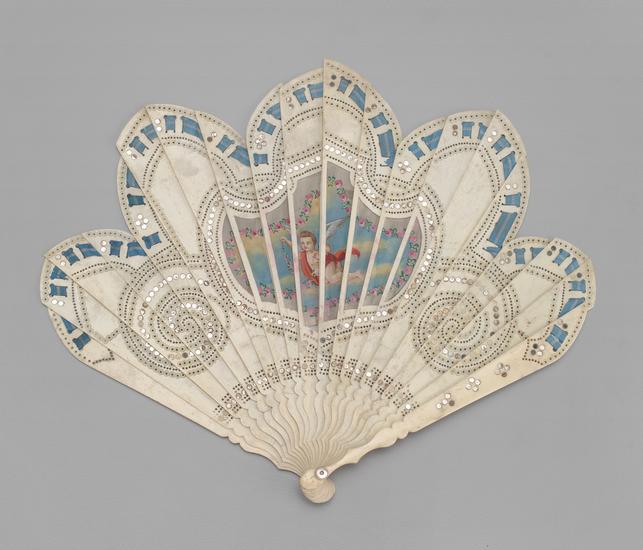
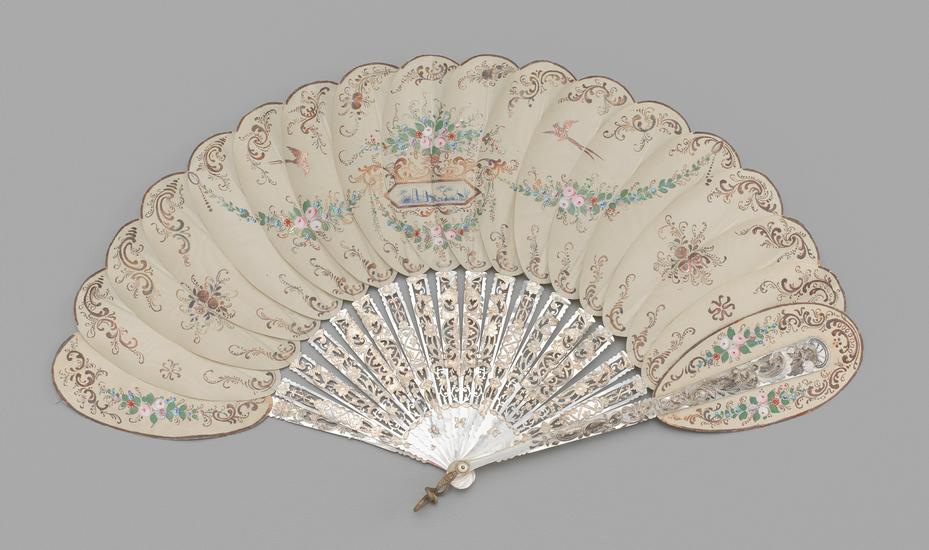


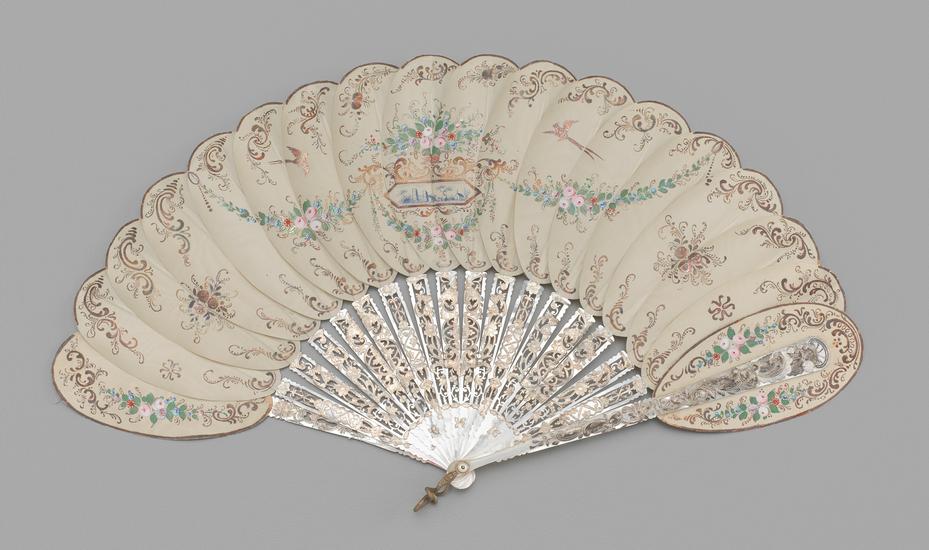
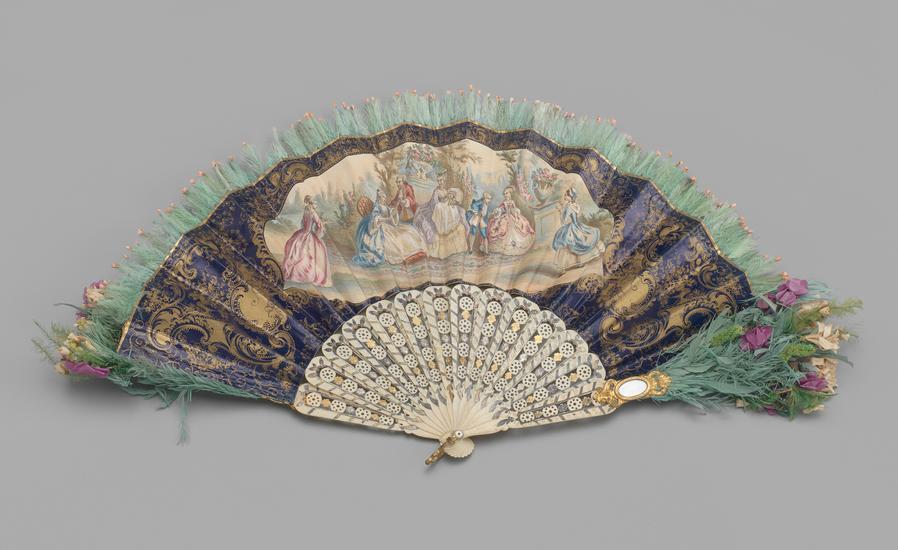
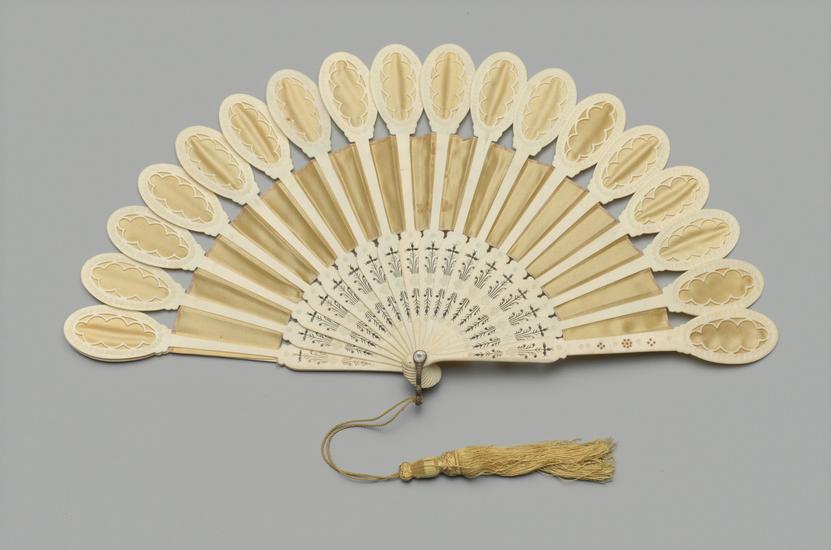
Found on The Museum of the City of New York online archives.
7. This fabulous dance scene choreographed by Bob Fosse in 1969
8. Restaurant Sleepovers of World War II
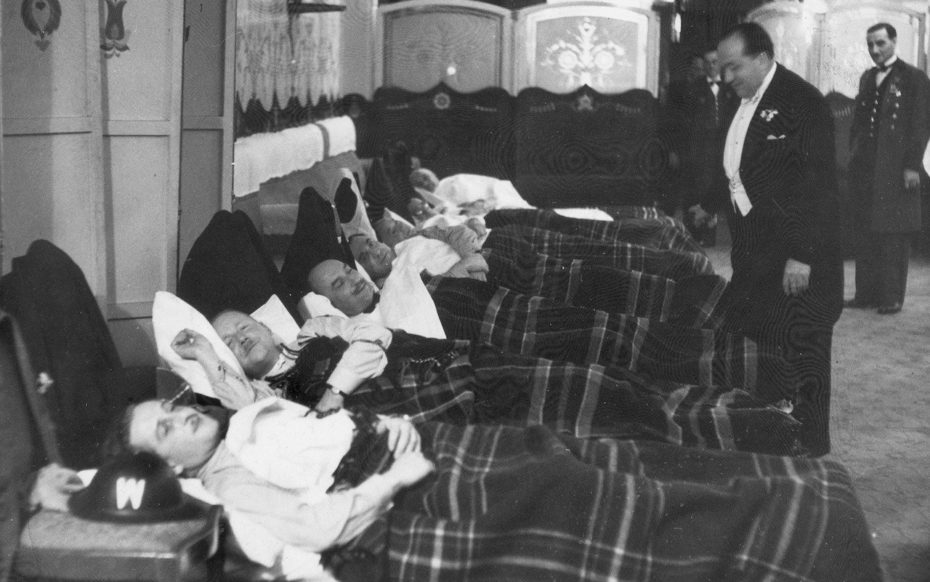
Diners are tucked in to bed in the basement of ‘The Hungaria” restaurant on Lower Regent St – October, 1940. The restaurant allowed patrons to sleep overnight due to The Blitz.
Found on The Telepgraph.
9. The delightful covers of Lilliput magazine

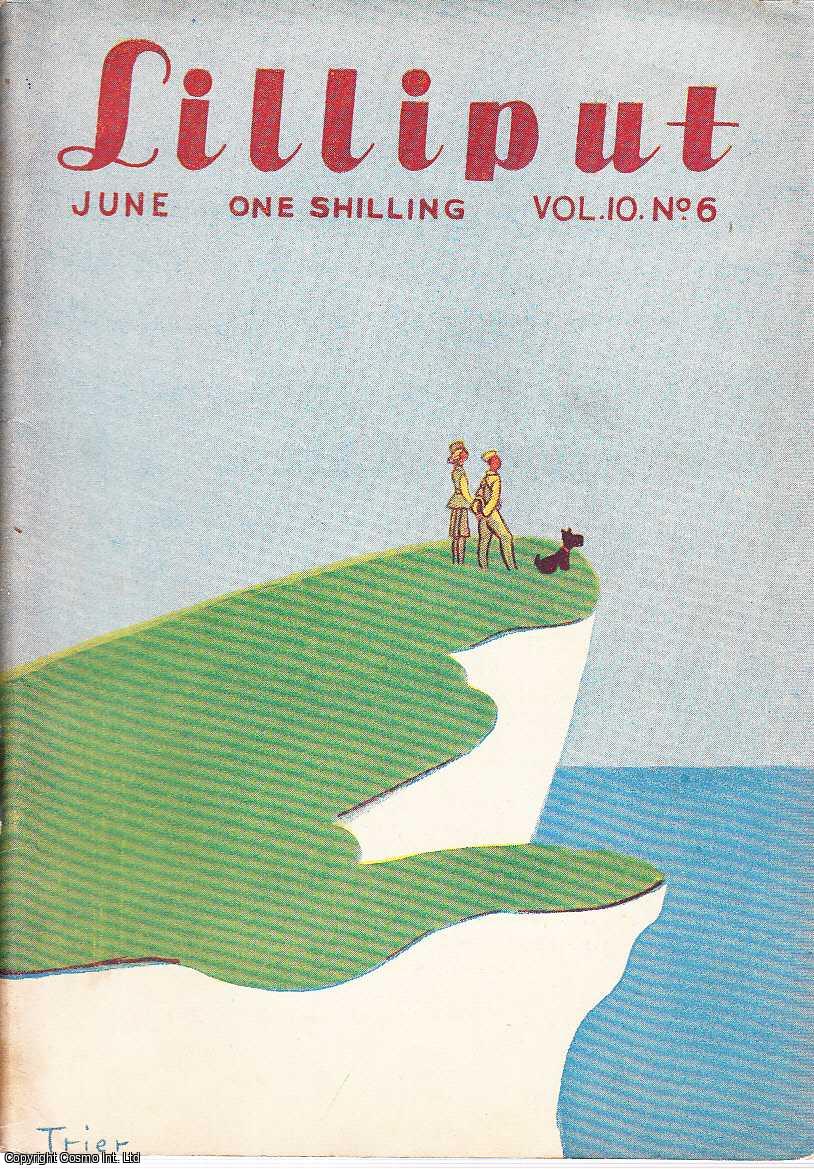
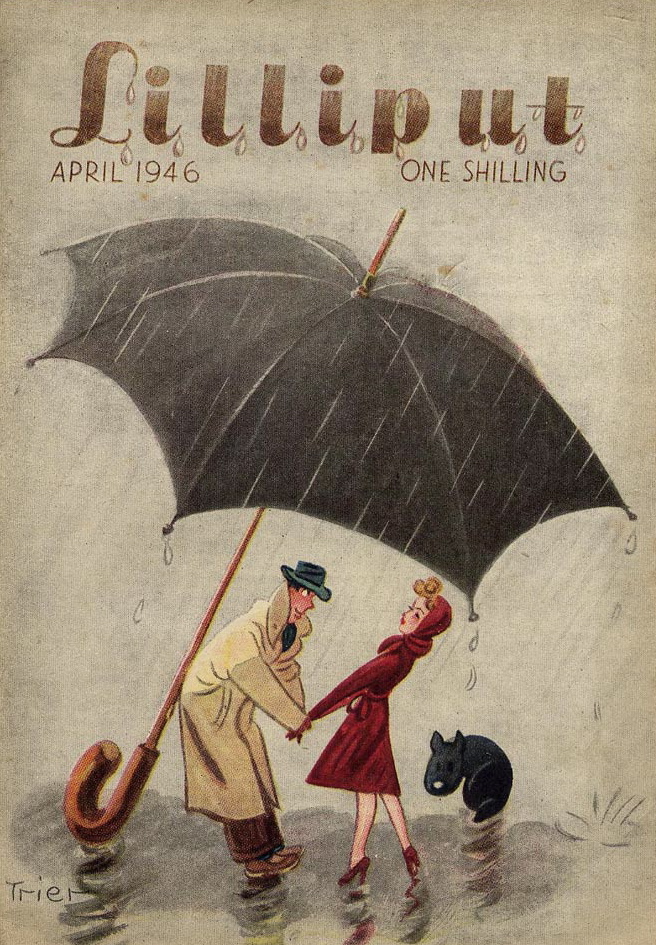
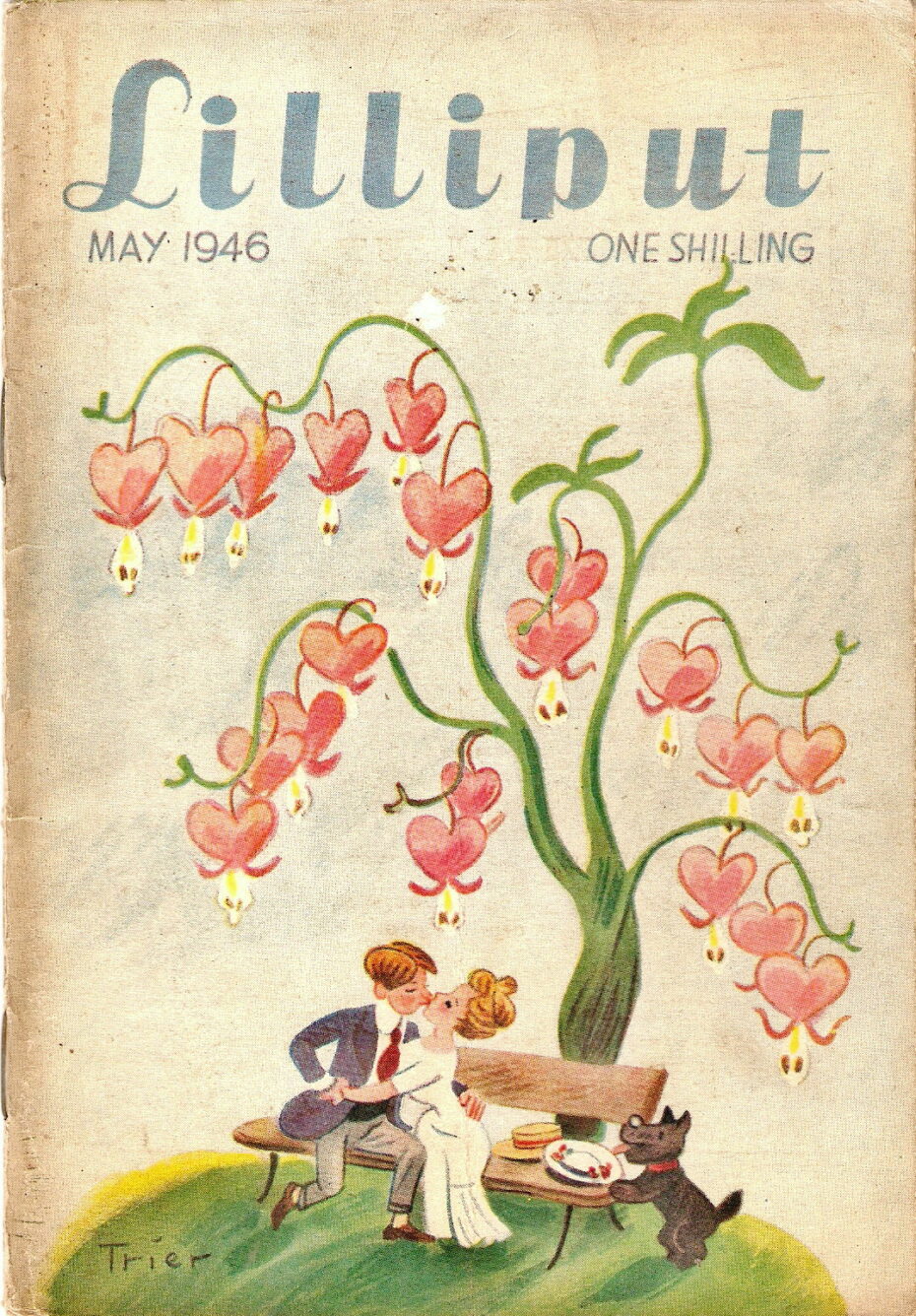
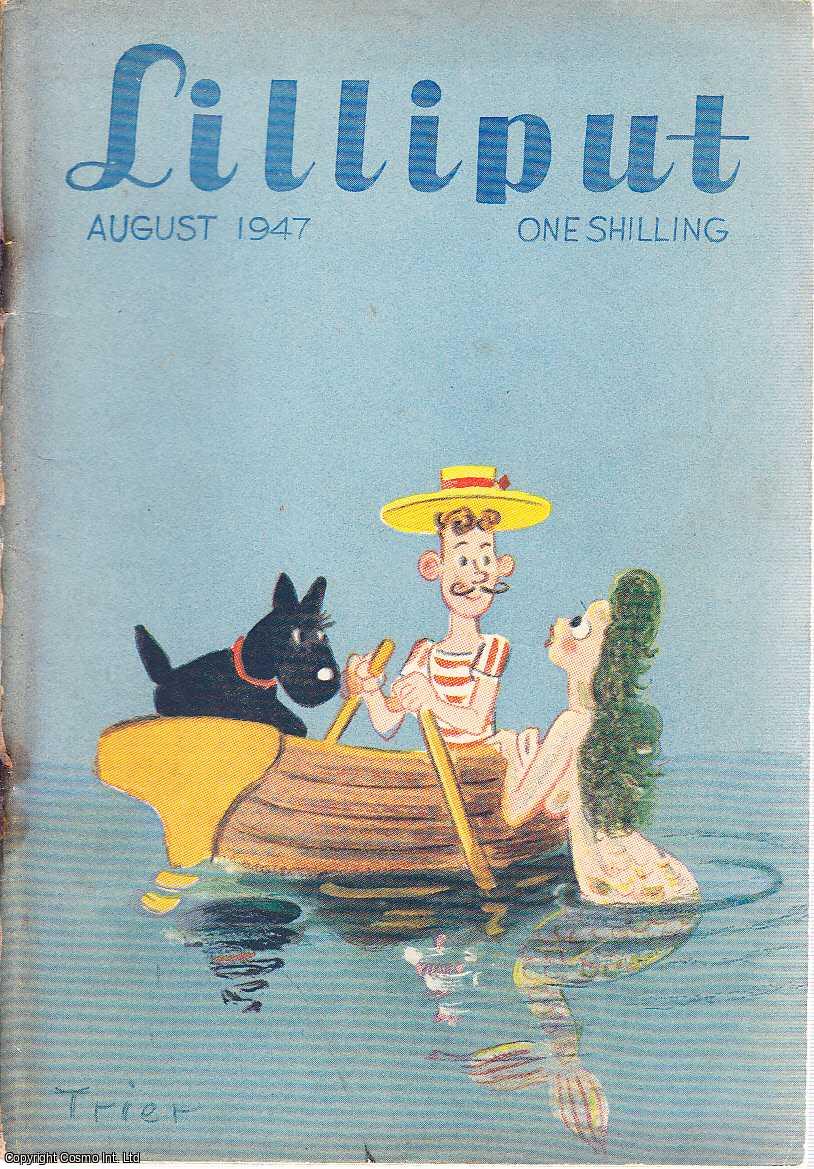
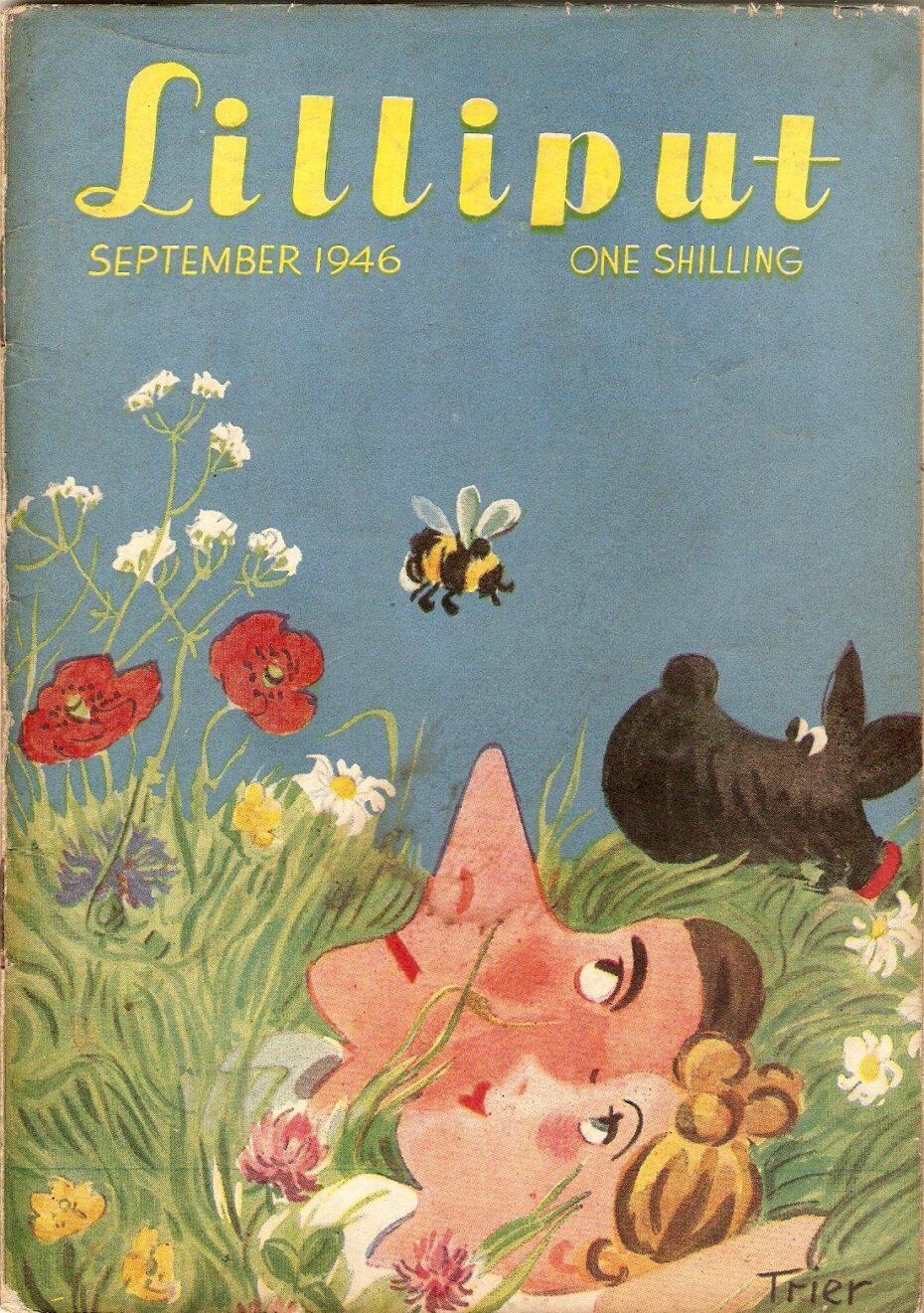
Lilliput was a small-format British monthly magazine of humour, short stories, photographs and the arts, founded in 1937 by the photojournalist Stefan Lorant. It had a reputation for publishing what were, for the time, fairly daring photographs of female nudes. In August 1960 it was absorbed into “Men Only” (which only later became pornographic).
Found on Wikipedia.
10. Westsylvania, the US state that nearly was
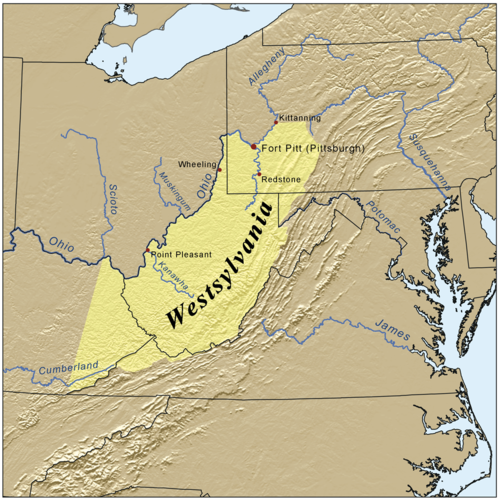
A proposed state of the United States located in what is now West Virginia, southwestern Pennsylvania, and small parts of Kentucky, Maryland, and Virginia, first proposed early in the American Revolution, Westsylvania would have been the fourteenth state in the newly formed United States, had it been recognized.
Found on Wikipedia.
11. The Best Photographer You’ve Never Heard Of
Found on Open Culture
12. Wishlisted for Messy Nessy’s Cabinet: a company that can make a mini model of your home or business

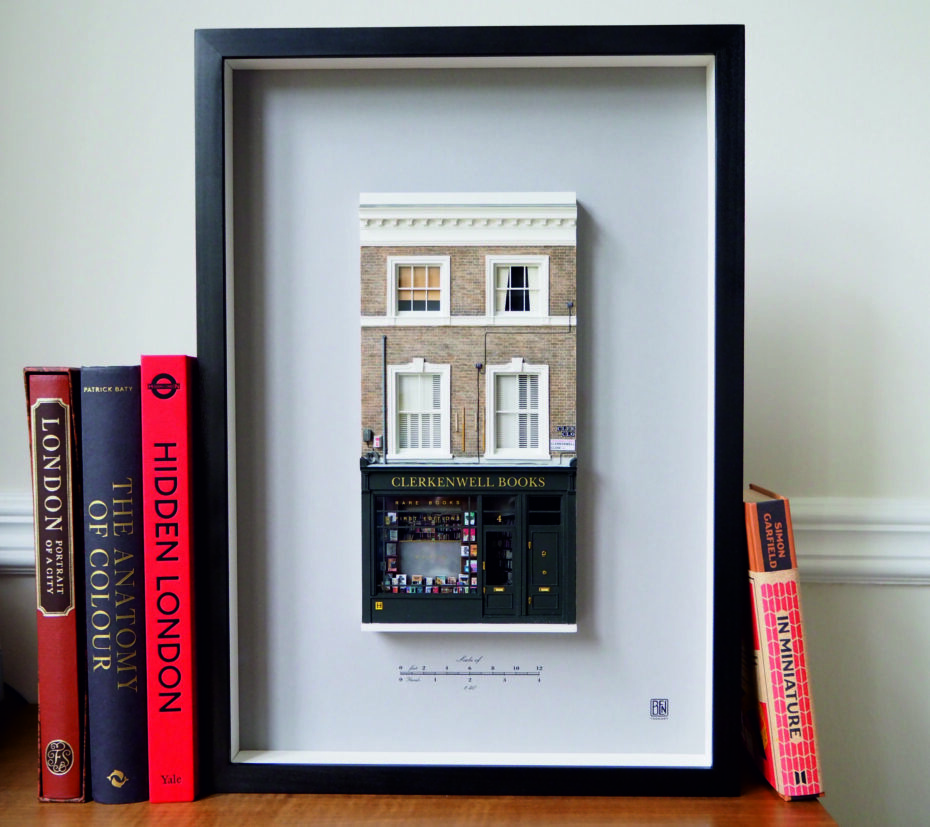
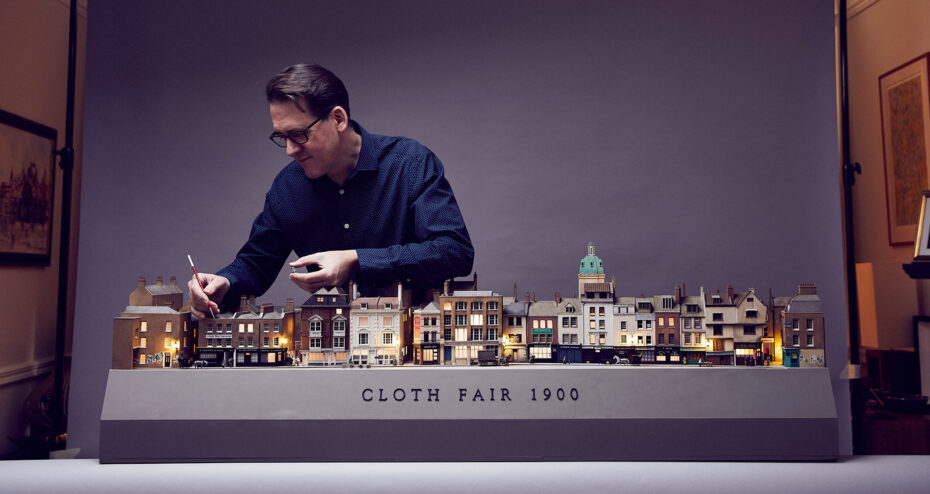
13. I did a podcast interview for “The New Paris”
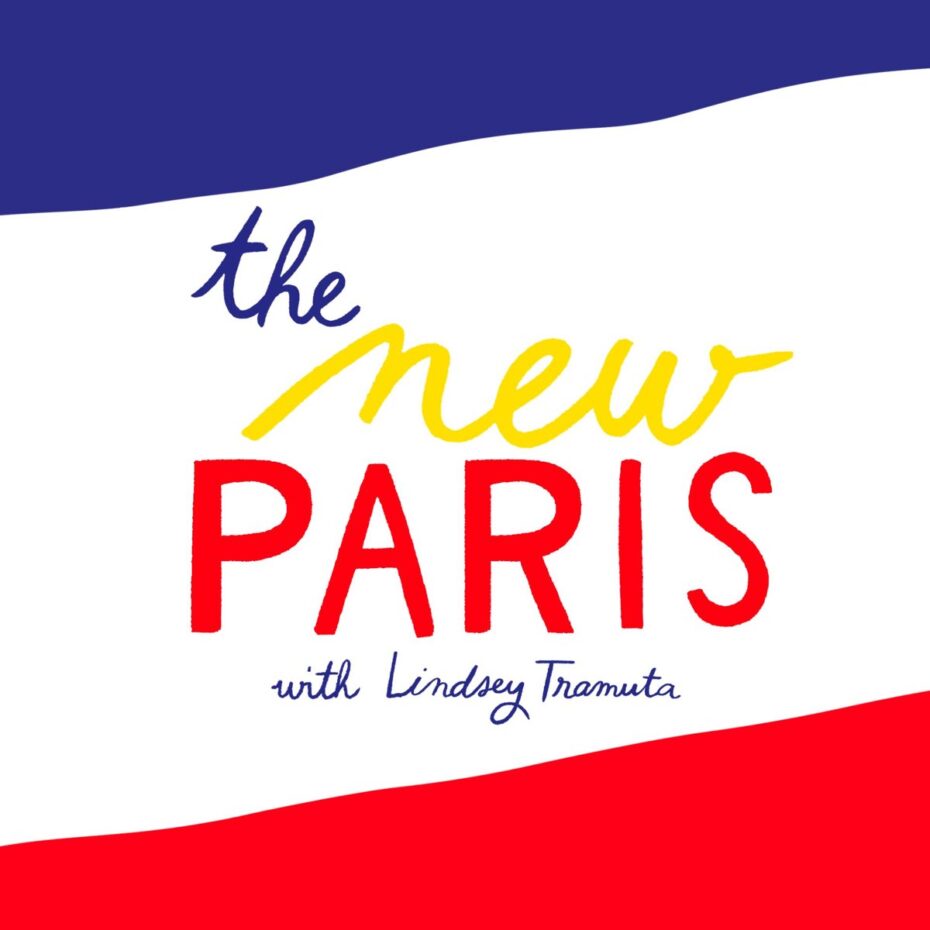
Listen below:
Merci Lindsey!

